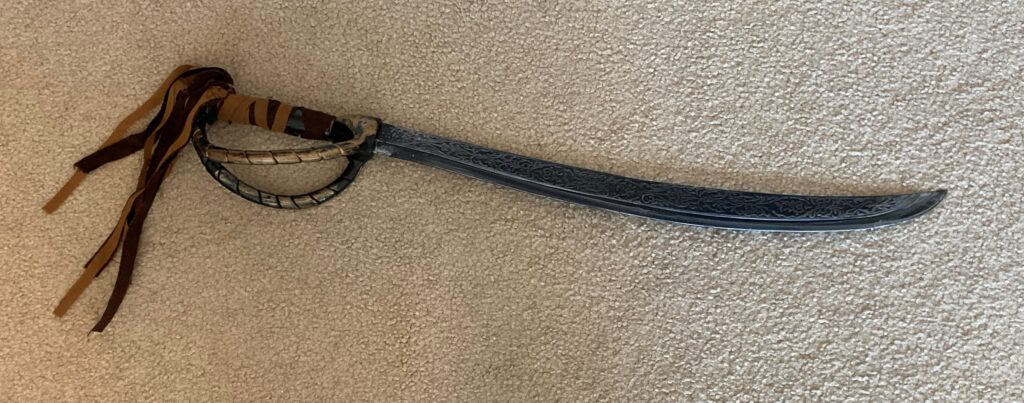If you haven’t been following along with this surprise series, then you should start with part 1. If you need to catch up, you can find part 2 here.
Last time, I talked about light and darkness in terms of narrative polarity, how a certain type of polarity reversal is the narrative mechanism behind producing an uplifting feeling in the reader, and how polarity reversals impact your story’s plot structure. In this post, we’ll be talking about proportion. To put it simply, I’ll be answering the question “How much darkness is too much?”
Unequal Balance
People often visualize the concept of balance as a 50/50 split. Thing is that true 50/50 splits aren’t common in nature. The ratios and proportions that the natural world exhibits aren’t that mathematically simple. They tend to be unequal, yet they still function and can be beautiful. In that sense, inequality can be seen as balanced. The Golden Ratio is probably the most famous mathematical example of unequal balance.
Man-made objects are also designed to be unequally balanced. The maker deliberately shifts the object’s center of mass or balance to better serve its intended purpose.

Take the plastic cutlass I bought years ago to go with a pirate costume. It’s roughly 26.75 inches long from pommel to tip. You might think that the blade would balance on my finger at the mid-point — just shy of the 13.5 inch mark. Not true. In my quick experiments while preparing this series, I found my prop cutlass’ center of balance at approximately 9.75 inches. In short, the sword’s center of balance was offset three and a half inches toward the hilt.

Why are cutlasses designed this way? I’m a wordsmith, not a blacksmith, so I don’t know for sure. My best guess is that it probably has something to do with efficiently converting the wielder’s energy into an effective slash. Something along the lines of maximizing the power and speed of the swing while maintaining control of the weapon.
Um. How does this relate to storytelling again?
It relates because we can apply the logic of unequal balance to our stories. A story mired in darkness can still entertain, so long as there’s proportionally enough light to create a satisfying ratio. One can argue that proportional amounts (as opposed to a strict 50/50 distribution) will feel more natural to the reader since they will subconsciously recognize similar patterns in nature.
So how much is too much?
Unfortunately, you can only learn that through gathering feedback on a draft. Just add in the amount of darkness and light that feel right to you and go from there.
There’s one final aspect of deeper nuance I want to address before closing this series. But that will have to wait till next time. For now, have you seen examples of unequally balanced stories? Ones that are weighted toward darkness? Have you used unequal balance in your own work?